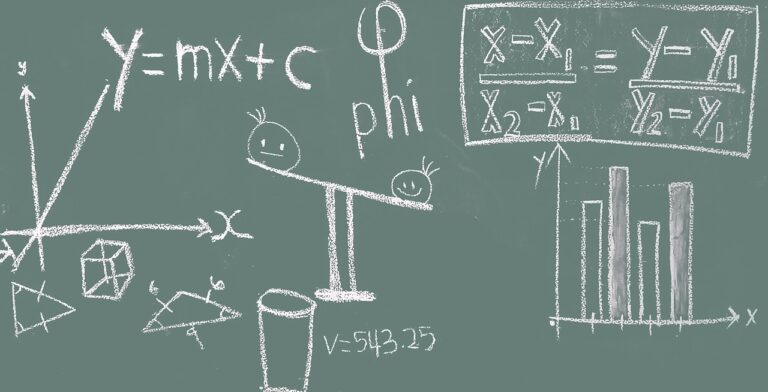Strategies for Combatting Academic Dishonesty
Academic dishonesty can manifest in various forms, such as plagiarism, cheating on exams, or submitting work that is not original. When a student’s work shows a sudden shift in writing style or quality, it might be a red flag for potential academic dishonesty. Additionally, inconsistencies between a student’s performance in exams and their day-to-day participation could also indicate misconduct.
Certain behaviors, like students being overly protective of their work or exhibiting signs of discomfort when questioned about their process, can hint at academic dishonesty. Furthermore, an excessive reliance on online sources without proper citations or a lack of understanding of the materials they supposedly studied may raise suspicions. It is crucial for educators to stay observant and be aware of these signs to maintain academic integrity in educational settings.
Encouraging a Culture of Integrity
Promoting a culture of integrity within academic institutions is essential in fostering an environment where honesty and ethical behavior are upheld as core values. Encouraging students to prioritize academic honesty not only benefits their own personal growth but also contributes to a collective atmosphere of trust and respect among peers and faculty members. By emphasizing the importance of integrity in all aspects of academic life, educational institutions can instill a sense of responsibility and accountability in their students.
Creating a supportive community where integrity is valued requires a collective effort from all stakeholders, including educators, administrators, and students. Faculty members play a crucial role in setting expectations for academic integrity and providing guidance on ethical standards. By modeling integrity in their own actions and decisions, educators can inspire students to uphold similar values in their academic pursuits. Additionally, fostering open communication channels and offering resources for students to seek help and clarification on ethical dilemmas can further reinforce a culture of integrity within educational settings.
Teaching Proper Citation Methods
Proper citation is crucial in academic writing to give credit to the original sources of information and ideas. It not only shows respect for the work of others but also enhances the credibility and integrity of your writing. When citing sources, make sure to follow the specific formatting guidelines of the citation style required by your discipline, such as APA, MLA, or Chicago.
To teach proper citation methods effectively, it is essential to provide clear examples and explanations to students. Engage them in practical exercises where they can practice incorporating in-text citations and creating reference lists. Encouraging students to ask questions and seek clarification can help them understand the importance of accurate citation and avoid unintentional plagiarism.
Emphasize the importance of giving credit to original sources
Provide clear examples and explanations of different citation styles
Engage students in practical exercises to practice citing sources correctly
Encourage students to ask questions and seek clarification on proper citation methods
Why is it important to teach proper citation methods?
Proper citation methods are essential in academic writing to give credit to the original sources of information and to avoid plagiarism.
How can we recognize academic dishonesty?
Academic dishonesty can be recognized through suspicious similarities between student work and existing sources, inconsistent writing styles, or inconsistencies in the content of the work.
How can we encourage a culture of integrity in academic settings?
Encouraging a culture of integrity involves emphasizing the importance of honesty, providing clear guidelines on academic integrity, and recognizing and rewarding students who demonstrate ethical behavior.
What are some common citation methods that should be taught?
Common citation methods include APA (American Psychological Association), MLA (Modern Language Association), and Chicago style. Students should be taught how to properly cite sources in these formats.
What are the consequences of not citing sources properly?
Failing to cite sources properly can result in accusations of plagiarism, which can lead to academic penalties such as failing a course, expulsion, or damage to one’s academic and professional reputation.







